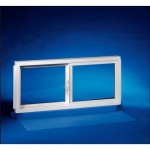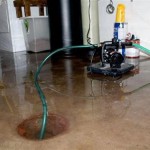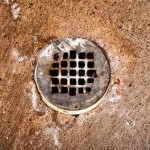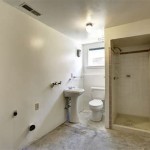Reduce Basement Humidity: Essential Techniques for a Comfortable and Healthy Home
A damp, humid basement can create discomfort, damage your belongings, and pose health risks. Excess humidity fosters the growth of mold, mildew, and bacteria, leading to respiratory problems and allergic reactions. It can also cause structural damage to walls, floors, and ceilings. Fortunately, there are several effective ways to reduce humidity in your basement, creating a healthier and more comfortable living environment.
Causes of Basement Humidity
Understanding the causes of basement humidity is crucial for effective solutions. Common contributors include:
- Water seepage: Cracks in foundation walls, windows, or doors allow moisture to seep into your basement.
- Condensation: When warm, humid air from other parts of the house meets cold surfaces in the basement, condensation occurs.
- Poor ventilation: Lack of airflow allows moisture to accumulate.
- Appliances: Dryers, washing machines, and dehumidifiers release moisture into the air.
- Biological sources: Plants, wet laundry, and stagnant water can generate humidity.
Effective Humidity Reduction Techniques
1. Waterproofing and Sealing:Inspect your basement for cracks or holes and seal them using caulk, sealants, or waterproof paint. This prevents water seepage and reduces humidity levels.
2. Proper Ventilation:Install exhaust fans to remove humid air from your basement. Keep windows slightly open during dry weather to promote airflow.
3. Dehumidifiers:Dehumidifiers remove excess moisture from the air. Choose a model with an appropriate capacity for your basement size. Empty the water collection tank regularly.
4. Air Conditioning:Central air conditioning or window units can cool and dehumidify the air. The cooler air holds less moisture, reducing humidity levels.
5. Vapor Barrier:Installing a vapor barrier on basement walls or floors prevents moisture from migrating into the living space.
6. Sump Pump and Drainage:A sump pump can effectively remove excess water from your basement, especially after heavy rain or flooding. Ensure it is in good working order.
7. Reduce Indoor Moisture Sources:Minimize activities that release moisture into the air, such as drying laundry indoors. Vent clothes dryers to the outside and use fans in bathrooms during showers.
8. Control Biological Growth:Remove standing water, clean and dehumidify damp areas to prevent mold and mildew growth.
9. Basement Insulation:Insulating your basement walls and ceiling can reduce heat loss and minimize condensation.
10. Monitor Humidity Levels:Use a hygrometer to monitor humidity levels and make adjustments as necessary. Ideal humidity levels for a basement range between 30% and 50%.
Maintaining Low Humidity
Once you have reduced humidity in your basement, it's important to maintain low levels. Regularly monitor humidity levels and empty dehumidifiers as needed. Keep vents and windows open for ventilation during dry weather. Address any potential sources of moisture promptly to prevent humidity buildup. By implementing these measures, you can create a dry, healthy, and comfortable basement environment.

3 Ways To Prevent Humidity In A Basement Wikihow

How To Reduce Humidity In A Basement Thermopro Blog

Moisture In Basements Causes And Solutions Umn Extension

Overview Dehumidification In The Basement Or Crawl Space

Get Rid Of Humidity In A Basement Without Dehumidifier

How To Get Rid Of Humidity In A Basement Without Dehumidifier

How To Lower Your Basement S Humidity Level

How To Lower Your Basement S Humidity Level

Simple Preventative Tips To Keep Mold And Mildew Out Of Your Basement Waterproof Com

3 Ways To Prevent Humidity In A Basement Wikihow
Related Posts







